Comet A3 FOUND! It will hit skies above you soon, outshine stars; circles Sun in 80660 years
A brilliant comet has been identified that is racing toward the sun, and it has the potential to outshine the stars in the near future. Know when you can expect to see it.
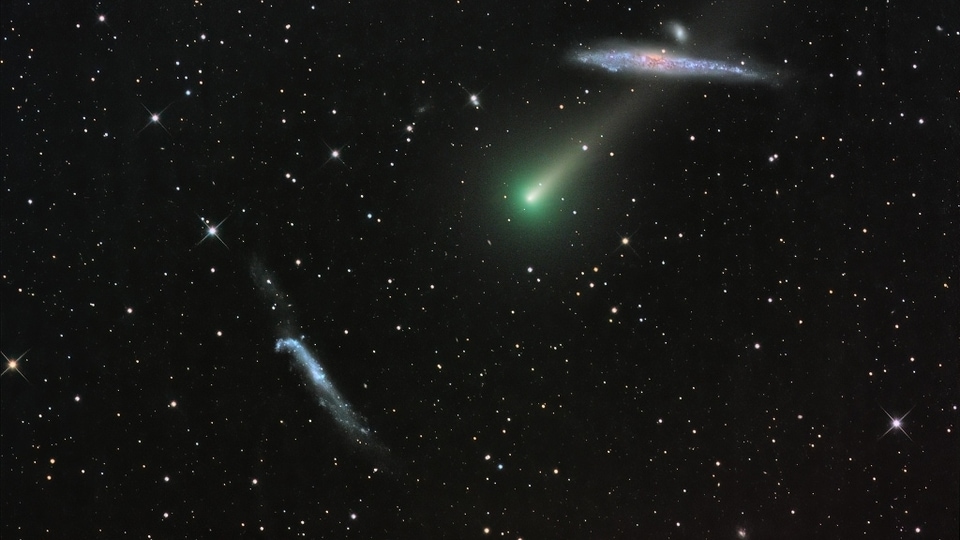
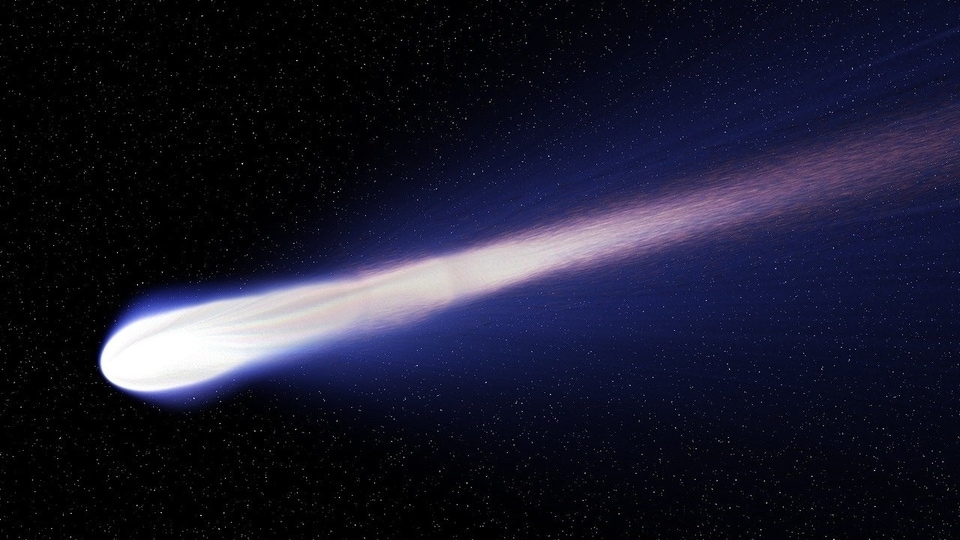
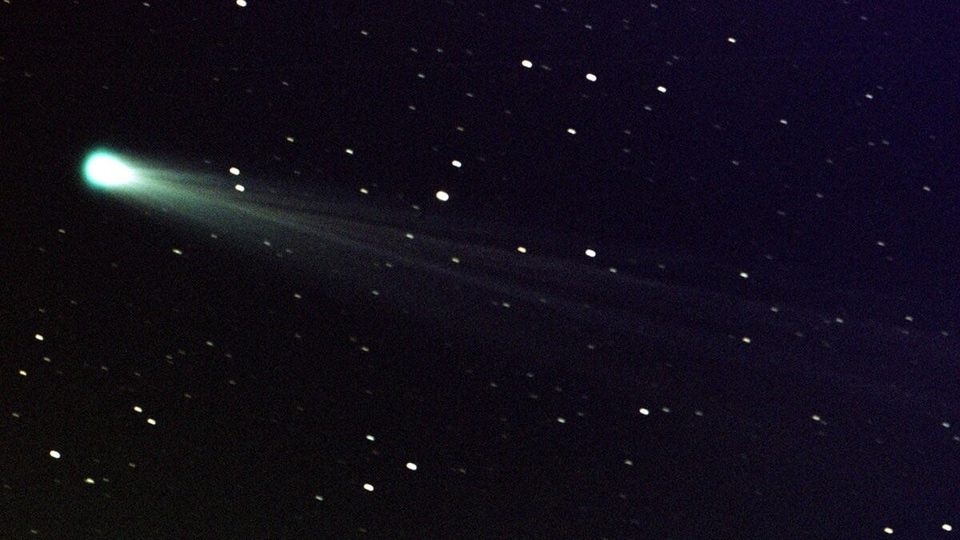
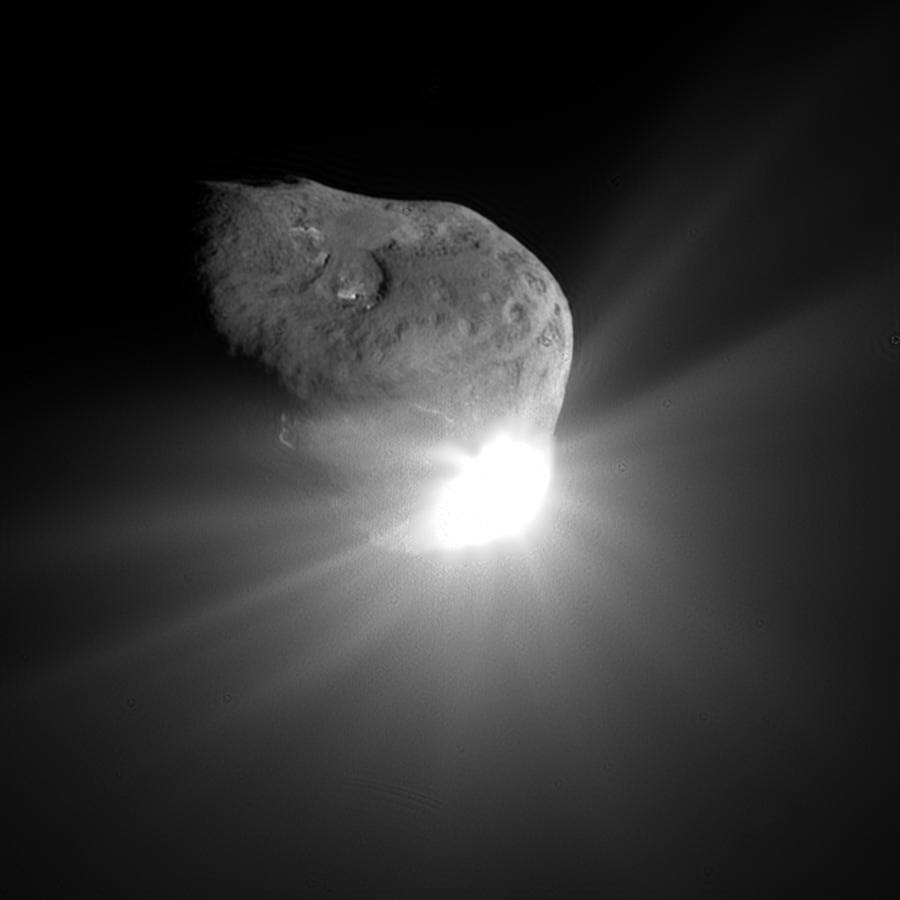
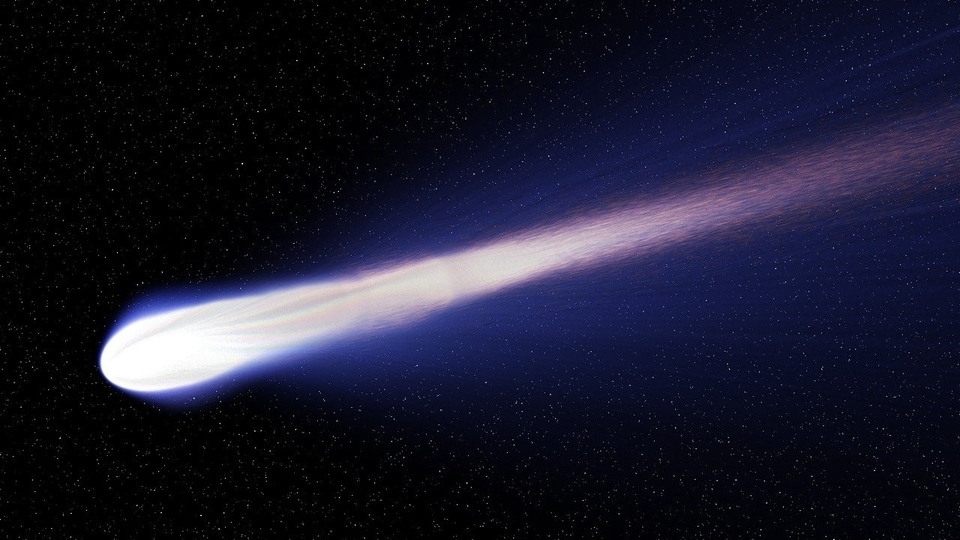
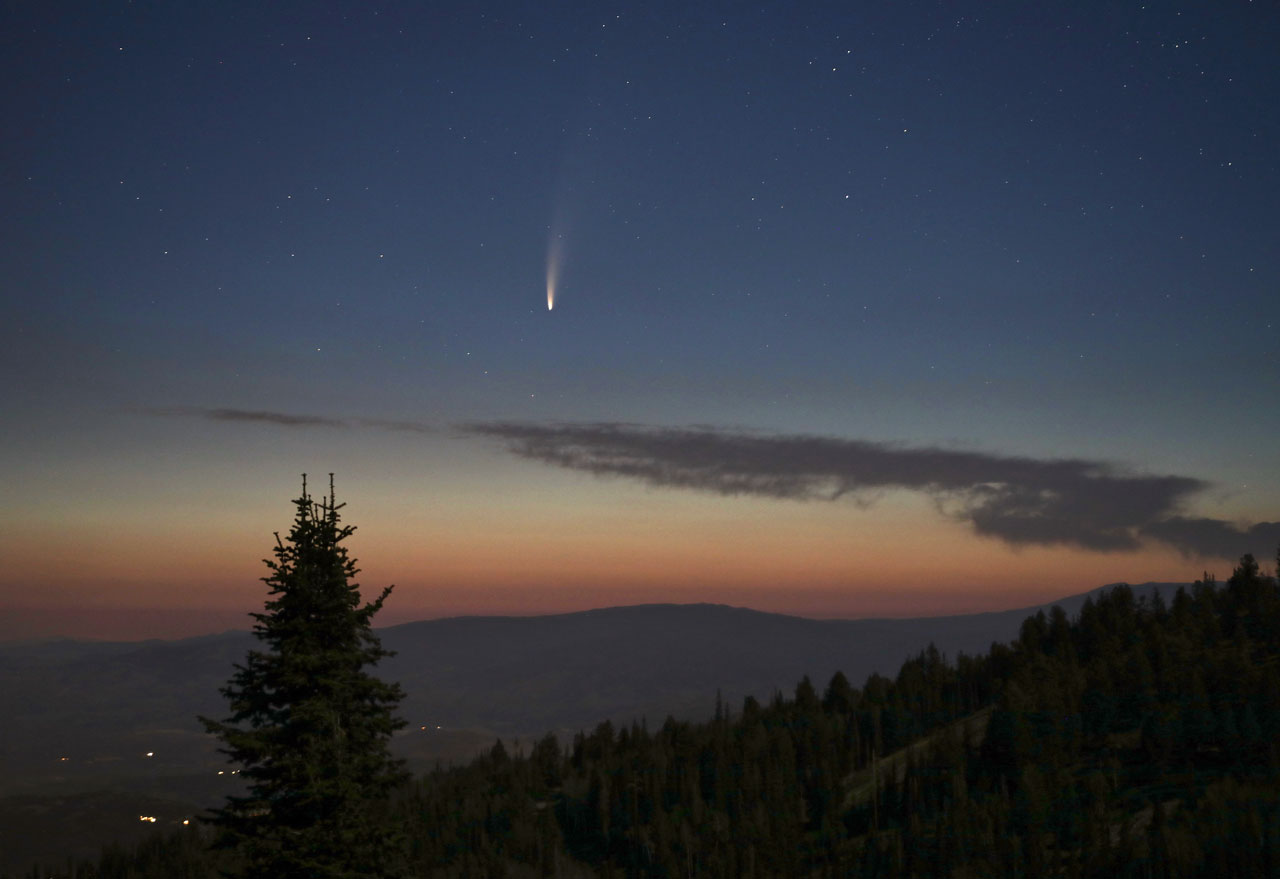

 View all Images
View all ImagesThe rare green comet left some breathtaking views recently for all skywatchers for the first time after a gap of 50000 years. And then the planetary conjunction of Venus and Jupiter boosted everyone's excitement. Undoubtedly, the beginning of this year has been quite exciting so far. Now, there is another reason to celebrate! It is something definitely worth looking forward to! A new comet has been discovered by astronomers and it has been given the name Comet C/2023 A3 (Tsuchinshan-ATLAS). The comet's closest approach to the Sun, known as perihelion, is still more than a year away, EarthSky.org said.
What makes it special? The comet's brightness. It is suggested that it will be bright enough to be seen by skywatchers. Here's all you need to know about this new comet.
Comet C/2023: When was it spotted?
Comet C/2023 A3 was spotted by the Asteroid Terrestrial-impact Last Alert System (ATLAS) telescope located in South Africa on February 22, 2023. Moreover, the comet was also detected by observers at Purple Mountain (Zijin Shin or Tsuchinshan) Observatory in China on images captured on January 9, 2023, indicating that it has been independently discovered. Consequently, the comet is known by the nickname Tsuchinshan-ATLAS.
How Bright is Comet C/2023 A3?
It had a faint brightness of magnitude 18.
Comet C/2023 A3: Location
When first discovered, the comet's distance was 7.3 astronomical units (AU) away from the sun. As of now, it seems that the nearest encounter with Earth will take place at 05:38 UTC on October 13, 2024. At its closest point, it could be bright enough to reach magnitude -0.2. The initial assessment of the path of comet "A3" indicates that it completes a revolution around the sun in approximately 80660 years. The comet's location, as of March 2023, is in the space between Saturn and Jupiter's orbits, EarthSky.org reported. However, certain details and timelines could be subject to change.
Another great news is that beginning in early June 2024, amateur astrophotographers in the Northern Hemisphere could potentially capture high-quality images of the incoming comet as it passes through the Virgo constellation.
Catch all the Latest Tech News, Mobile News, Laptop News, Gaming news, Wearables News , How To News, also keep up with us on Whatsapp channel,Twitter, Facebook, Google News, and Instagram. For our latest videos, subscribe to our YouTube channel.































